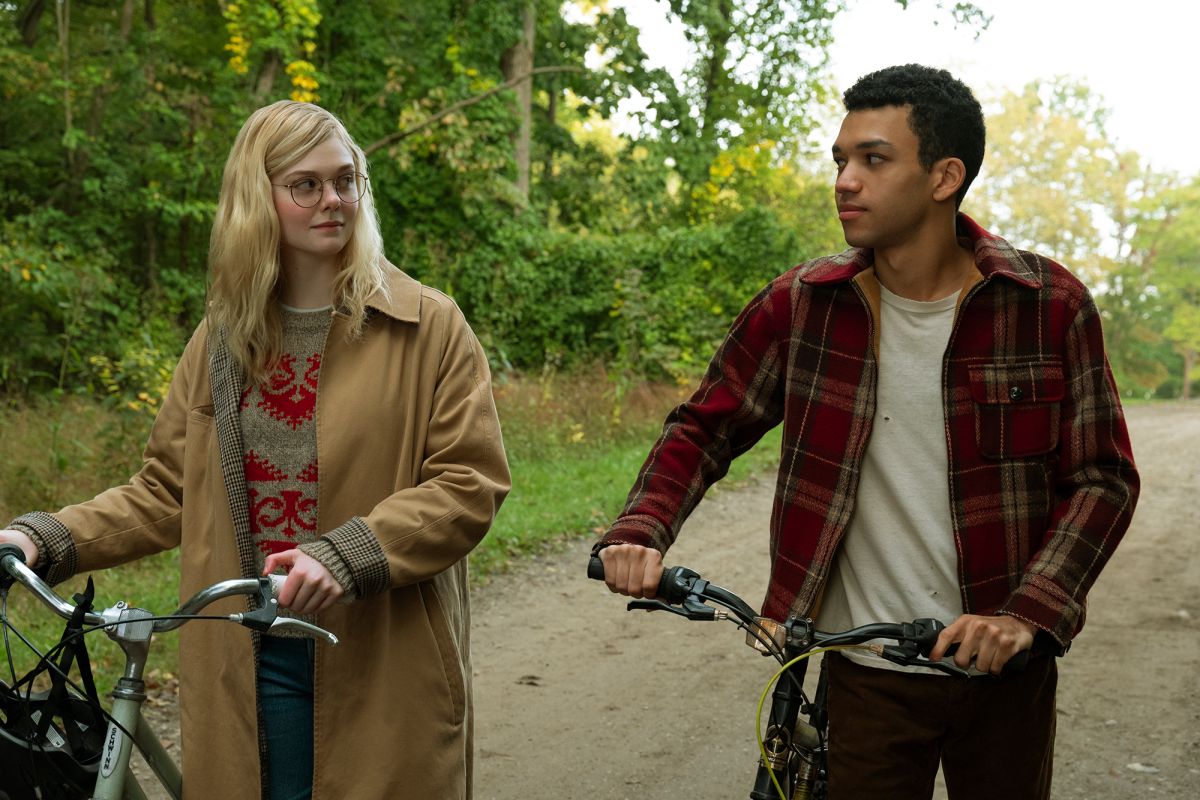‘All the Bright Places’ follows the story of Violet Markey and Theodore Finch. Violet is grieving for her sister, who had died in a car accident, which Violet holds herself responsible for. Finch has demons of his own that no one else can see. He keeps his problem a secret and puts on a happy face so that no one else knows exactly what is going on with him. When their paths cross, they connect with each other on the grounds of their emotional turmoil. Their story focuses on the real issues faced by teenagers, and the dangers of the cries for help going unnoticed. Because the film is centered around the characters that feel true and the struggles that many of us are familiar with, one wonders if it all happened with someone in real life. Here’s the answer.
All the Bright Places: An Adaptation of Jennifer Niven’s Novel

No. ‘All the Bright Places’ is not based on a true story. It is actually adapted from the novel by Jennifer Niven. The book was released in 2015 and is the author’s first foray into the young adult genre. It soon became a bestseller and a fan favorite. The author was also brought on board to turn the book into the script.
Even though the characters of Violet and Finch are unique personalities of their own, Niven found the inspiration for the story from her own personal experience. Having written a couple of novels before, one of which was a whole series, Niven wanted to break into another story. This overlapped with the sudden death of her literary agent of 15 years. Remembering her last conversation with him in an interview, she said, “I was nearing the end of a series of books I’d begun writing in 2008 and was feeling depleted and ready – creatively – for something new and different. He told me, ‘Kid, whatever you write next, write it with all your heart. Write it because you can’t imagine writing anything else’.”
Having read so many YA books over the years, Niven had a desire to dabble into a similar story of her own. While considering this option, she thought back on her teen years and one particular relationship that had impacted her the most. She said, “Years ago, I knew and loved a boy. The experience was life-changing. I’d always wanted to write about it – I just wasn’t convinced I would ever be able to. But that summer of 2013, I thought again about this boy and that experience, and I knew in my heart that it was the story I wanted to write and that I wanted to write it as YA.”
Imagining Finch was easier. The author admitted that it was his voice that came to her before Violet’s. Because the boy she knew had also suffered from bipolar disorder, Niven was familiar with the dark moods that Finch could go to. She had witnessed his daily struggles, the highs and the lows that the illness brought with it, which is what she embedded in Finch too.
For Violet, the character developed as the story moved forward. One of the things that she knew about her was that Violet hated Indiana. This expression found footing in her own feelings when she was a teenager. “I remember shortly after moving to Indiana myself, saying to my mom, “This place is so ugly.” And she said, “Just remember that what’s ugly to you is beautiful to someone else. You should take the time to get to know it before making judgments.”,” she said. She explored Indiana, just like Violent and Finch do, in order to bring those places to the story.
The ending, too, was clear for Niven as she didn’t want to give it a happy twist or tie it up with a neat bow just for the sake of it. She portrayed it the same way she had experienced it with her real-life Finch, and to do it any other way didn’t seem right to her.
Read More: All the Bright Places Review


You must be logged in to post a comment.